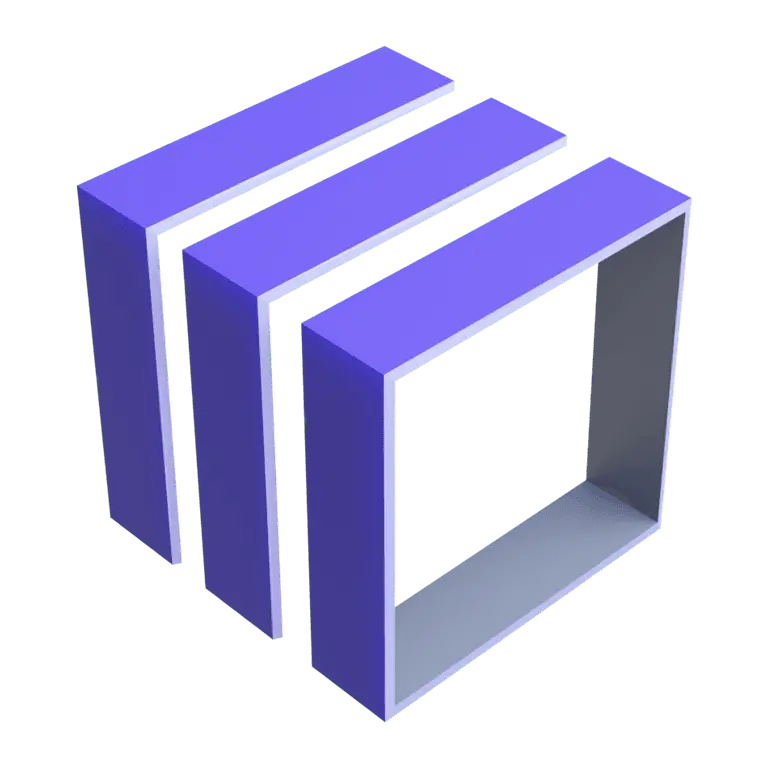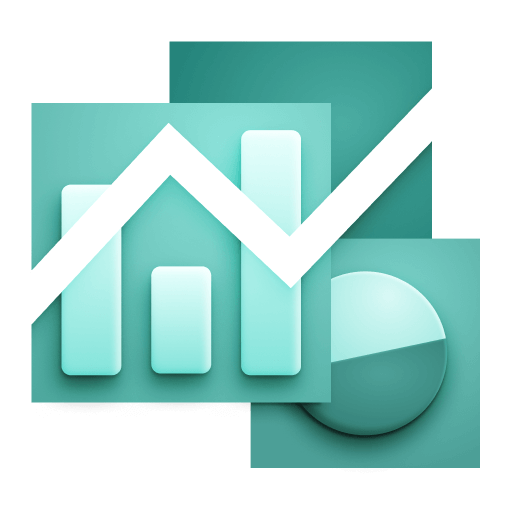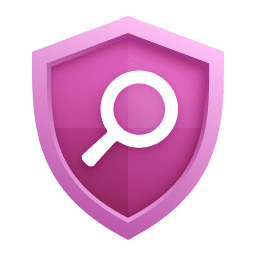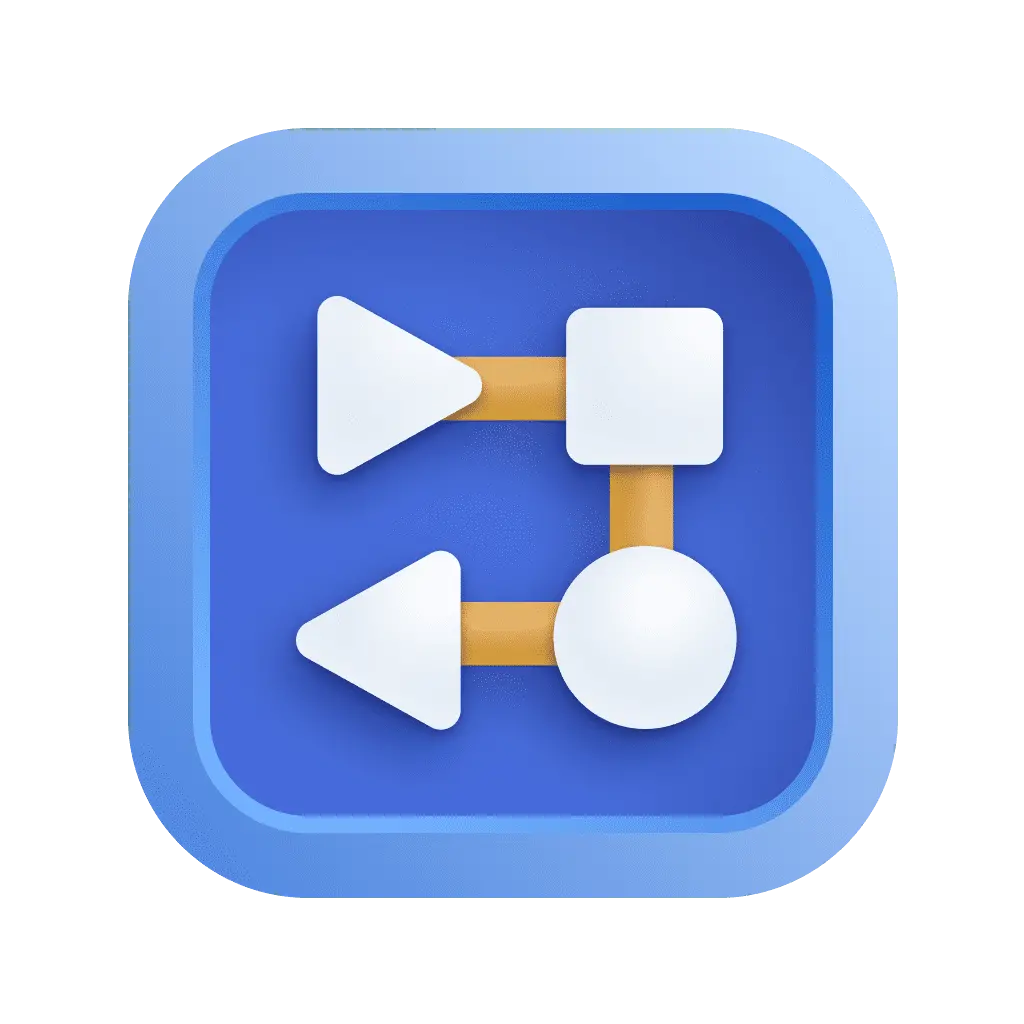Logs
- Latest Dynatrace
- App
- 4-min read
Prerequisites
Permissions
The following table describes the required permissions.
Permission
Description
storage:spans:read
allow to read spans, Segments Variables (Optional)
storage:bizevents:read
allow to read biz events, Segments Variables (Optional)
storage:metrics:read
allow to read metrics, Segments Variables (Optional)
storage:events:read
allow to read events, Segments Variables (Optional)
storage:security.events:read
allow to read security events, Segments Variables (Optional)
storage:logs:read
allow to read logs
storage:user.sessions:read
allow to read user sessions, Segments Variables (Optional)
storage:user.events:read
allow to read user events
storage:buckets:read
allow to read logs
storage:files:read
allow to do joins on the lookup tables
Installation
Make sure the app is installed in your environment.



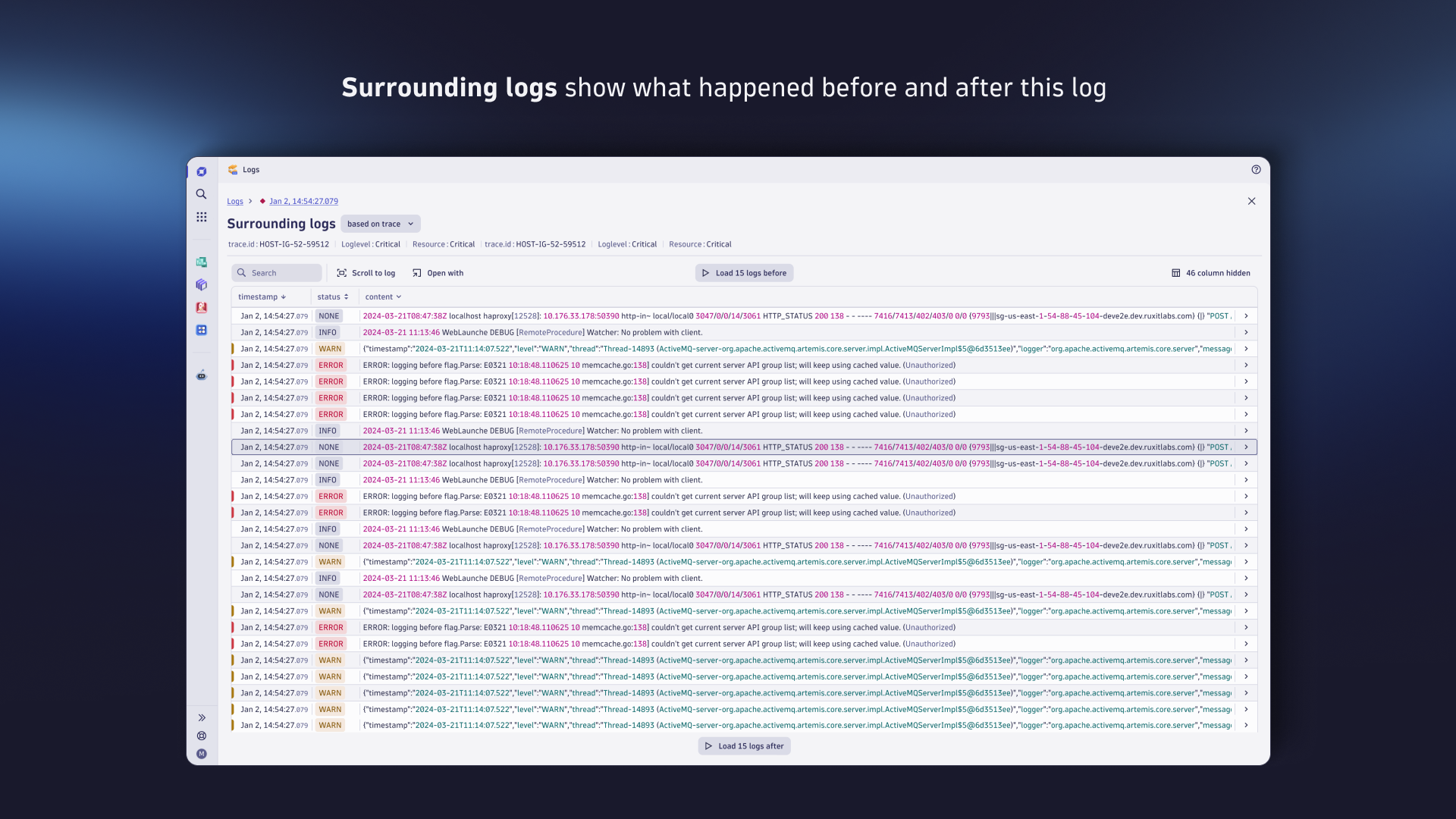

1 of 5The dynamic histogram chart with intuitive point-and-click filter provide unique experience for simplified and timely exploration of logs.
01Query and filter logs
- How-to guide
- Explore logs with DQL queries and filter statements in the Dynatrace Logs app.
02Spot trends with the log distribution chart
- How-to guide
- Spot trends with the log distribution chart in the Dynatrace Logs app.
03See logs in context
- How-to guide
- Use surrounding logs to understand log data in context in the Dynatrace Logs app.
04Filter with facets
- How-to guide
- Filter with facets in the Dynatrace Logs app.
05Adjust the log message
- How-to guide
- Adjust the log message in the Dynatrace Logs app.
Related tags LogsLog Analytics
LogsLog Analytics
 LogsLog Analytics
LogsLog Analytics